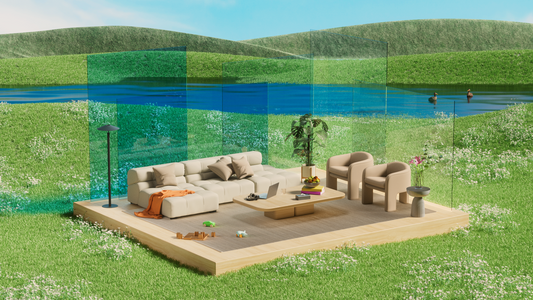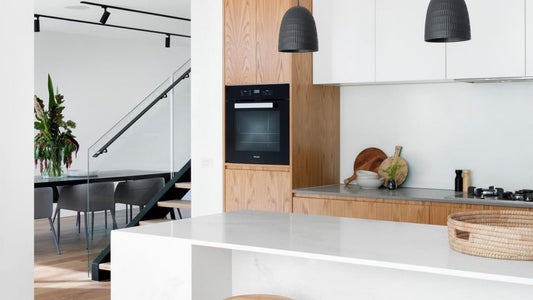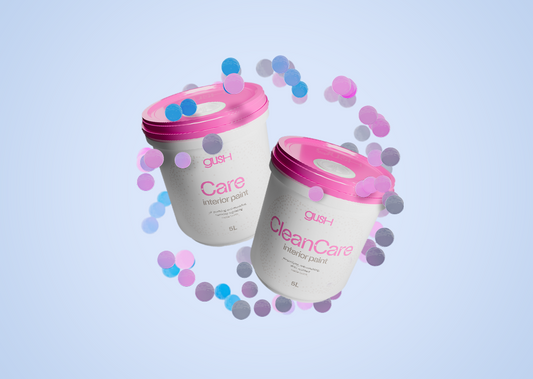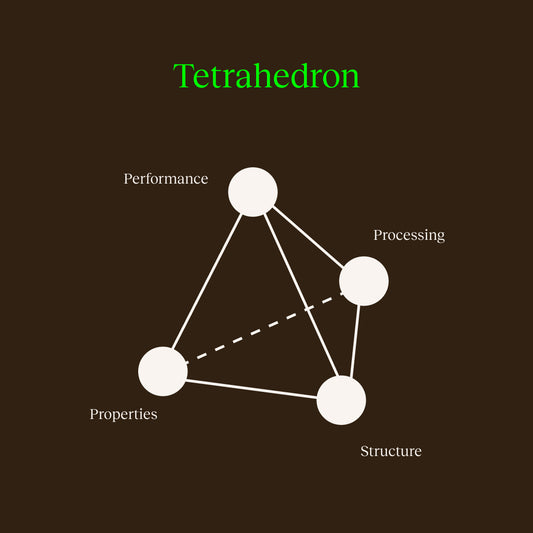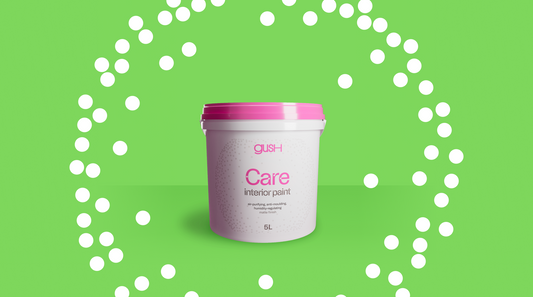Science
VOCs: A low down
Learn about Volatile Organic Compounds (VOCs), the odourless, invisible air pollutant that is impacting your home and health without you knowing.
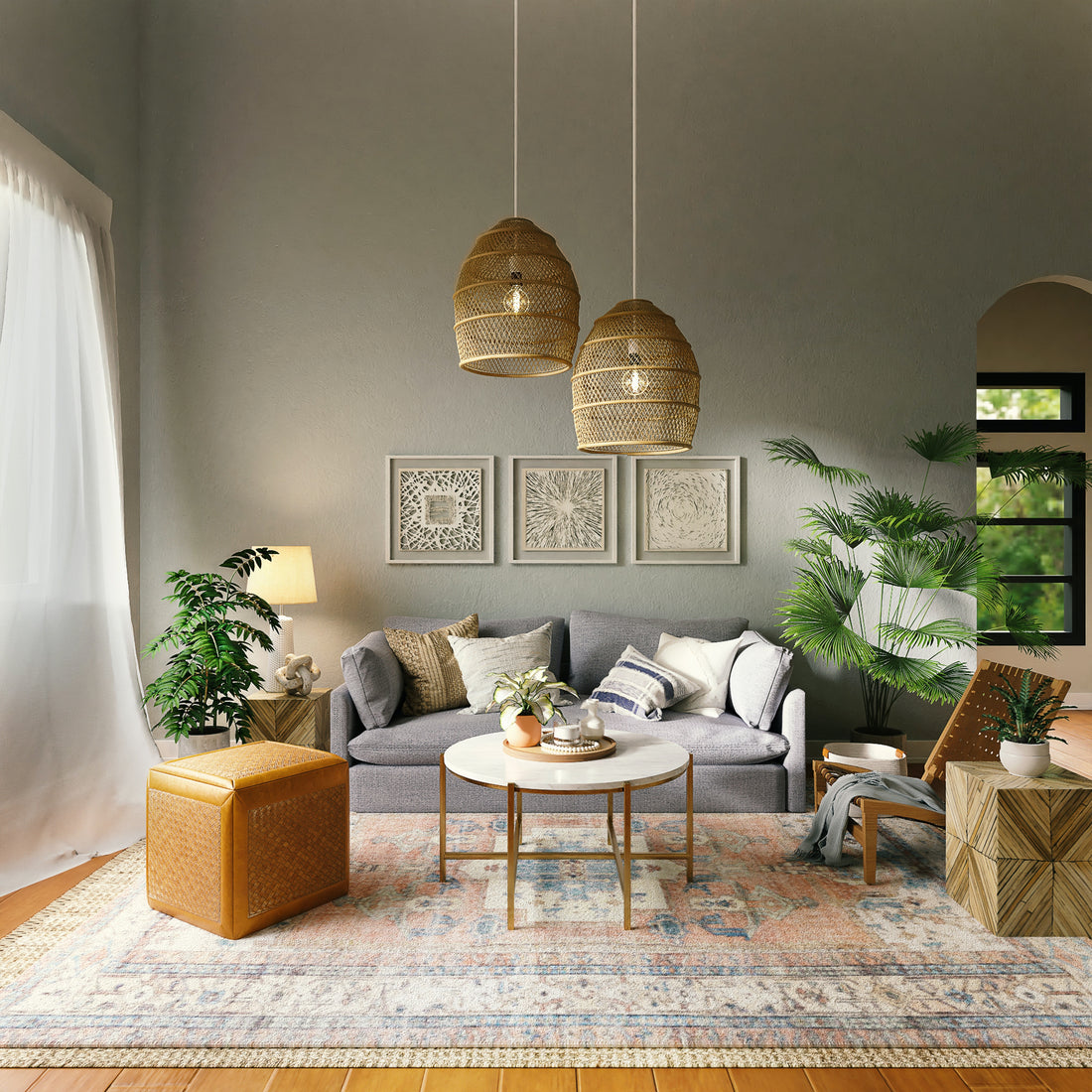
Learn about Volatile Organic Compounds (VOCs), the odourless, invisible air pollutant that is impacting your home and health without you knowing.
What are VOCs?
These odourless, invisible air pollutants could be impacting your home and health without you knowing.
You might've come across these three letters before, particularly when you're planning the renovations for your new home. But if you don't understand the significance of these letters yet, or how it affects you and your home, well, read on. You'll see why the issue of VOCs is quickly gaining prominence, particularly in conversations about indoor air pollution and climate change. So, let’s clear the air and shed some light on these sneaky pollutants: what are VOCs?
VOC stands for Volatile Organic Compound. ‘Volatile’ means that these compounds evaporate easily at room temperature. Because VOCs become gas particles at room temperature, they are easily emitted from their source material. Though not every VOC is toxic, constant exposure to them has negative effects on your health and well-being. This is significant when you consider how many products in your home release VOCs into your air on a daily basis.
Where do VOCs come from?
While there are many types of VOCs, formaldehyde, benzene and toluene are found in the greatest abundance. From consumer products such as cigarettes, paints, adhesives, craft supplies, glue, moth repellents, to building materials and furniture – it’s common for homes and indoor spaces to have high VOC levels. In fact, indoor air tends to have higher concentrations of VOCs than outdoors. And this concentration can be up to ten times higher.

VOCs in the air can also settle onto and be absorbed by dust and fibers, which are unhealthy when inhaled. You might be cleaning and ventilating your home daily, but even cleaning products contain VOCs. So while your space is spick and span, your indoor air pollution levels might not be too healthy.
The effects of VOCs.
Countries like the UK are taking steps to regulate the VOC content in many products, and for good reason. VOCs can be odourless and go undetected by our noses, inhaled into our bodies without our notice. And the effects can be alarming.





-
Benzene
damages the bone marrow, causing a decrease in red blood cells which leads to anaemia.
-
Formaldehyde
irritates the eyes, nose, throat and skin, and can cause cancer.
-
Toluene
damages the respiratory tract and central nervous system.
-
Carbon disulfide
damages the reproductive system.
-
Butane depresses the central nervous system.
The effects of VOCs vary according to the intensity of exposure. Immediate exposure to VOCs can cause irritation in the eyes and respiratory tract, headache, fatigue, dizziness, and blurring of sight. Not sure why you never feel comfortable or productive at home, or don’t get restful sleep? VOCs might be the reason.
The prevalent use of VOCs in manmade products also impacts climate change. By reacting with other air pollutants in sunlight, VOCs cause ozone and smog to form, which further pollutes the air and traps heat, increasing temperatures in urban environments.
Do paints release VOCs?
Yes, and a lot of it. Paints are one of the biggest contributors to high VOC levels in a newly renovated home, and can take 6 months to offgas. Even the standard for Low-VOC paint is capped at 50 grams per litre - that's still a large portion of your painted walls that consists of VOCs. To enjoy a home that’s truly safe from unhealthy VOC levels, you need an air-purifying solution. And that’s what Gush paints do for you.

Clean air makes a healthy home.
Besides being certified as a VOC-Free paint (having less than 2 grams per litre) by TUV SUD and GreenGuard standards, Gush paints also purify indoor air of VOCs including formaldehyde, benzene and toluene. VOCs that make contact with Gush-painted surfaces get broken down into harmless constituents, so that your indoor air quality is safe and healthy. Its air-purifying effects are so quick, homeowners have remarked that there’s no awful paint smell after painting, and they can sleep soundly in their renovated space that same day.

